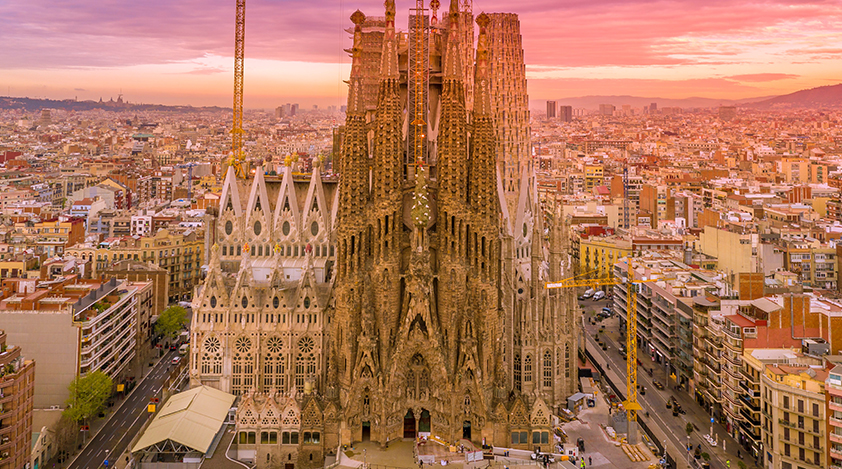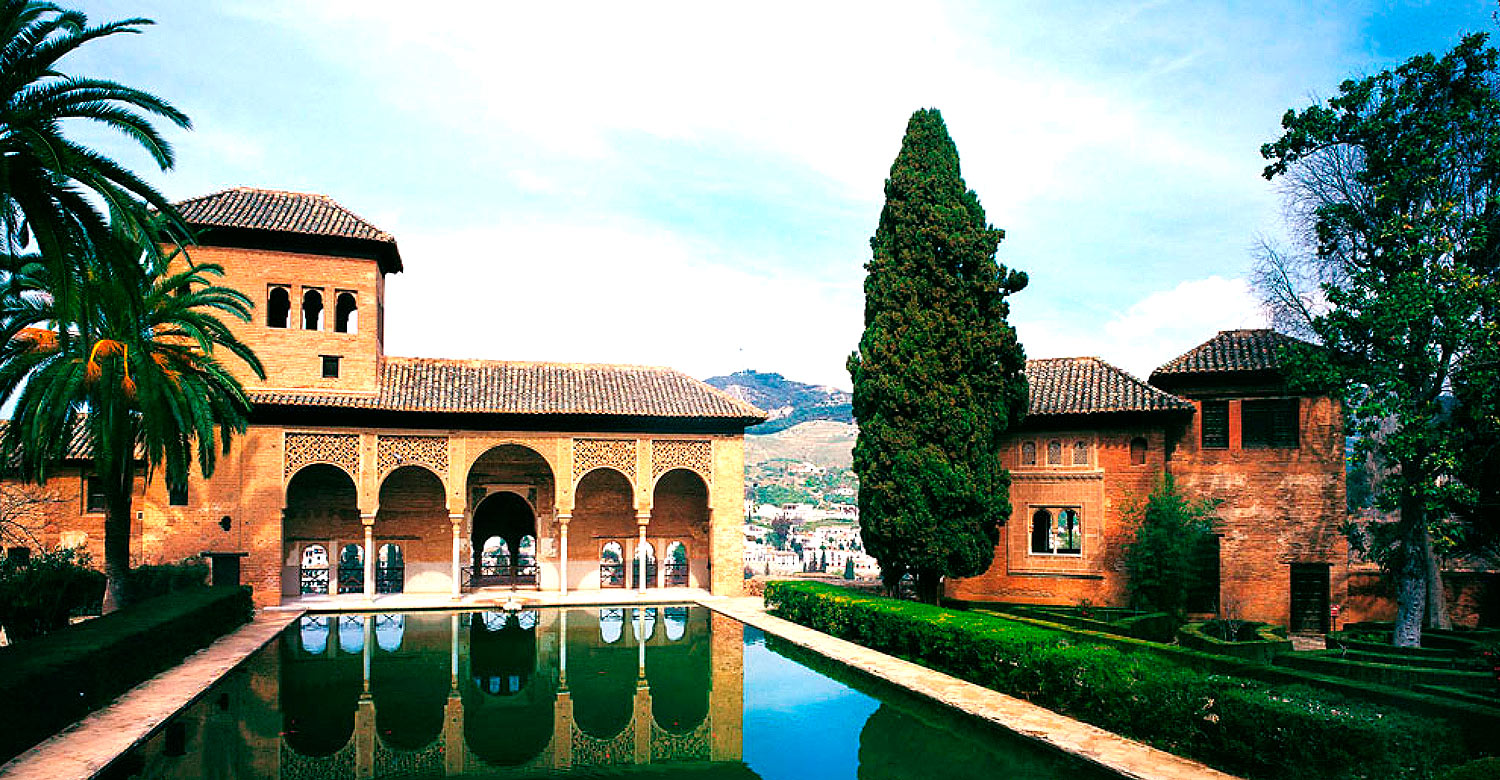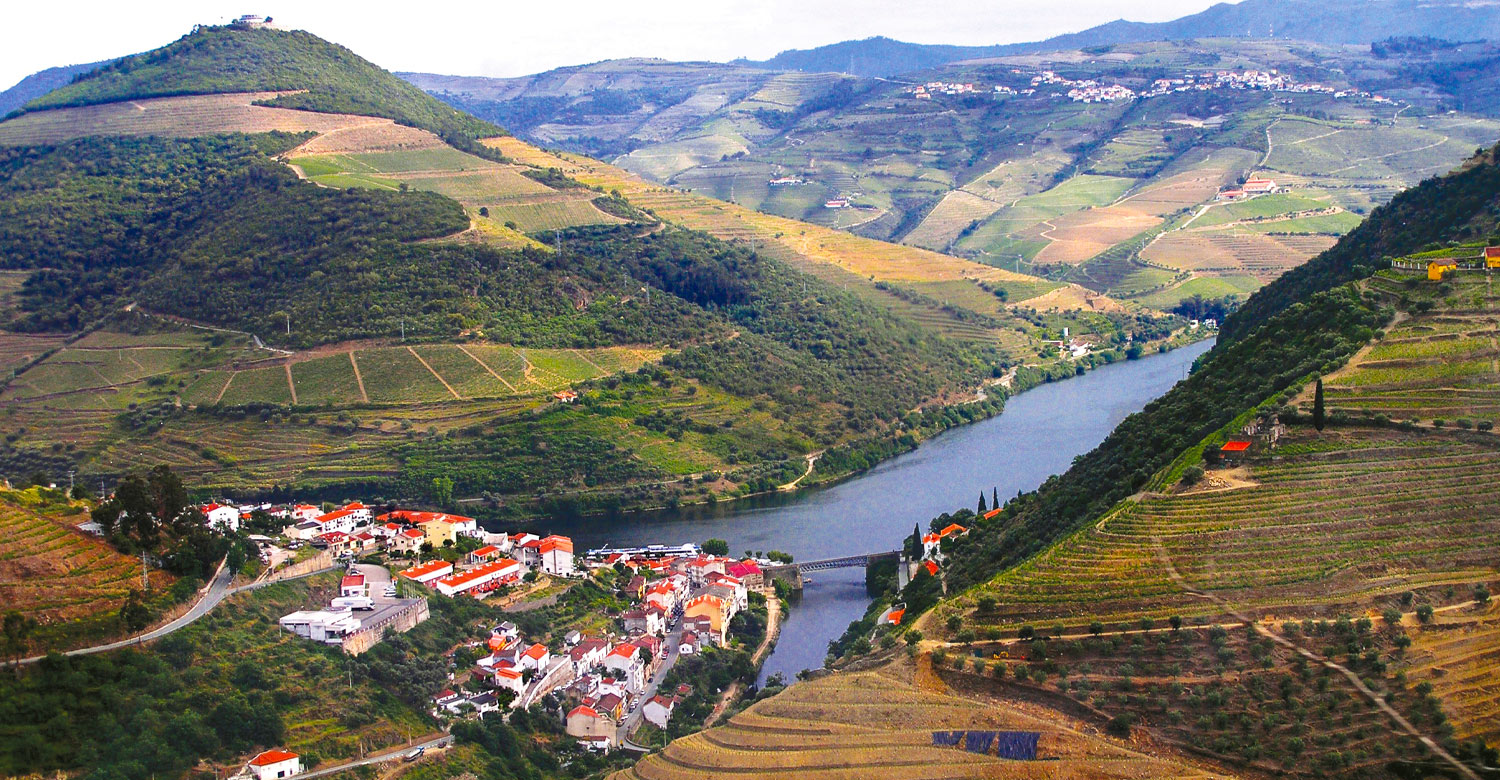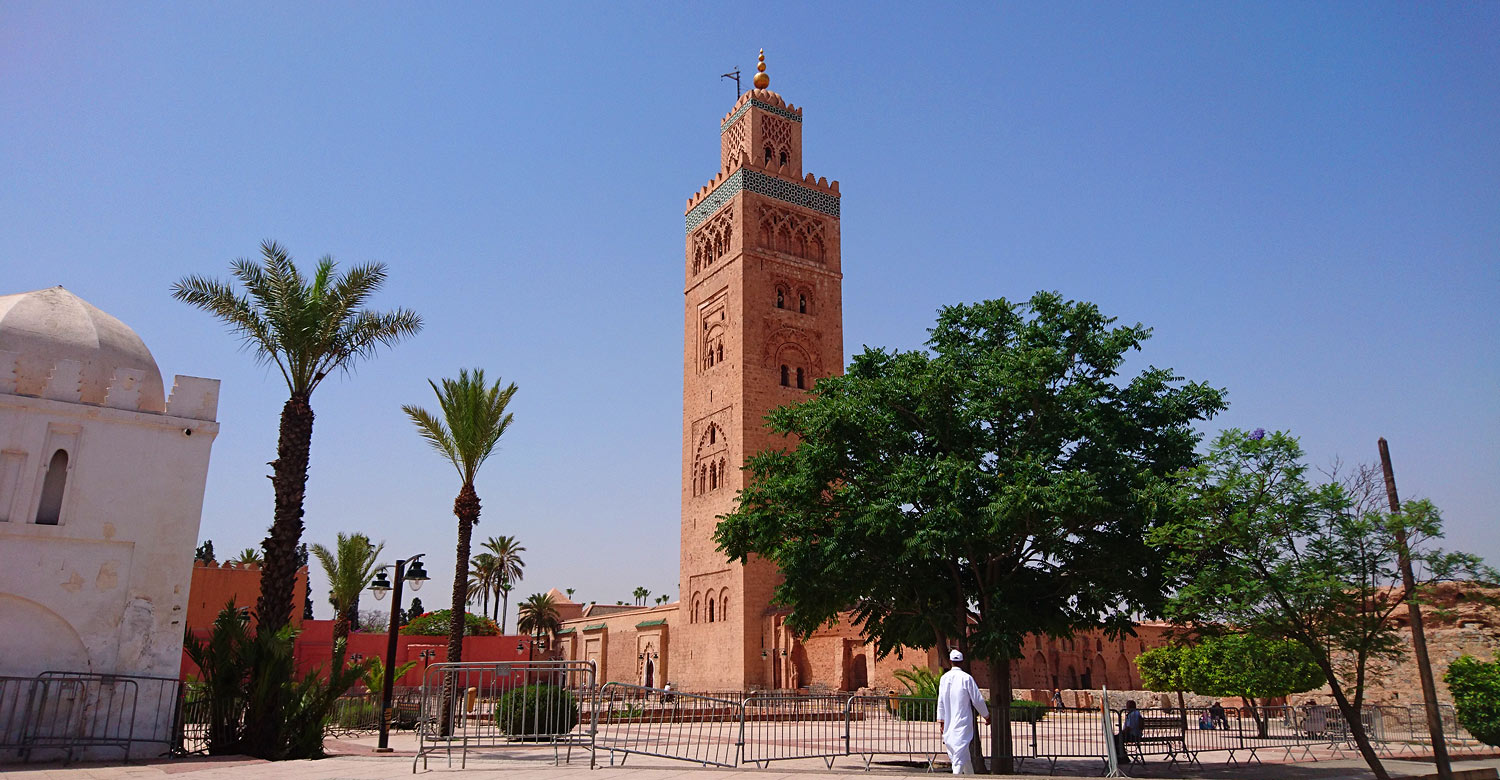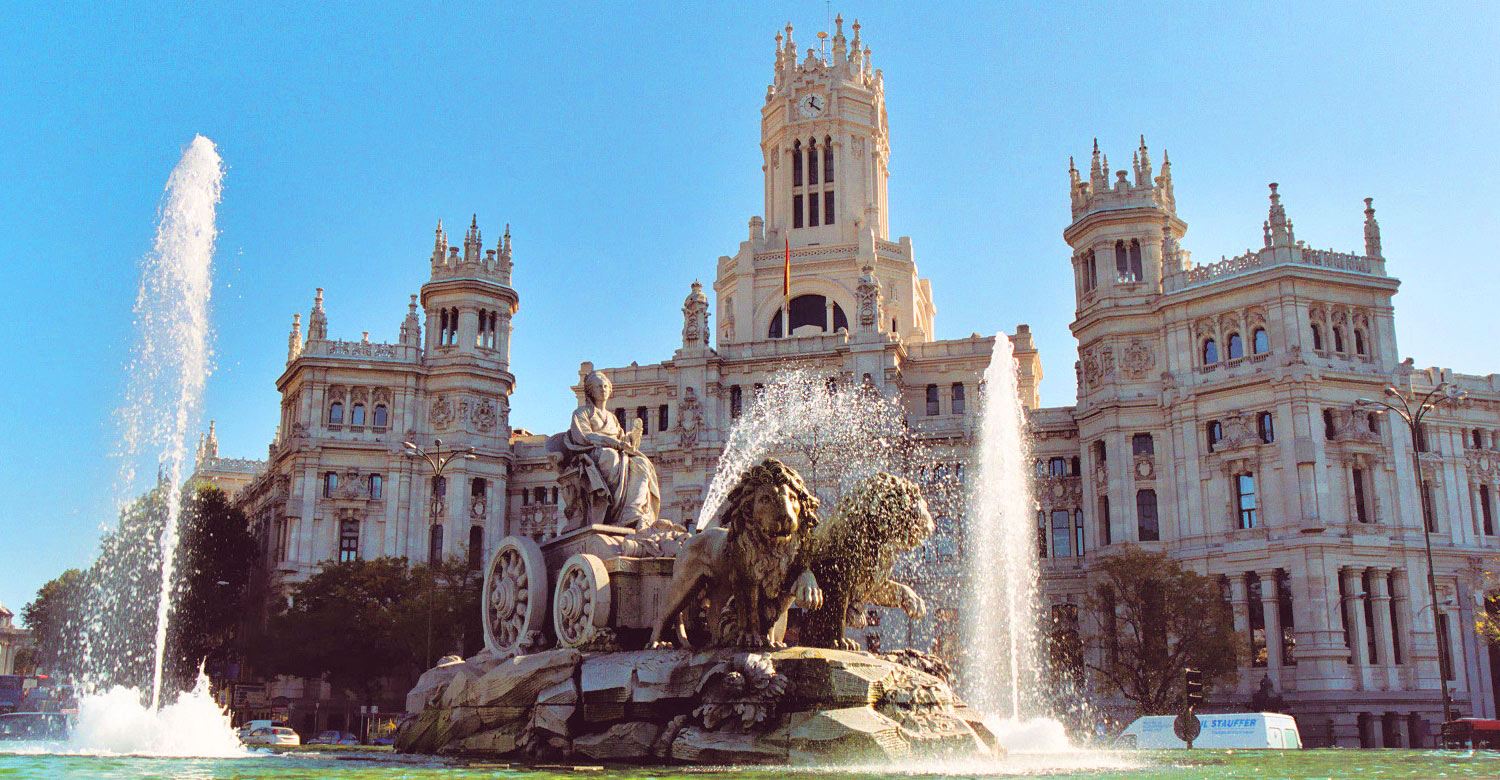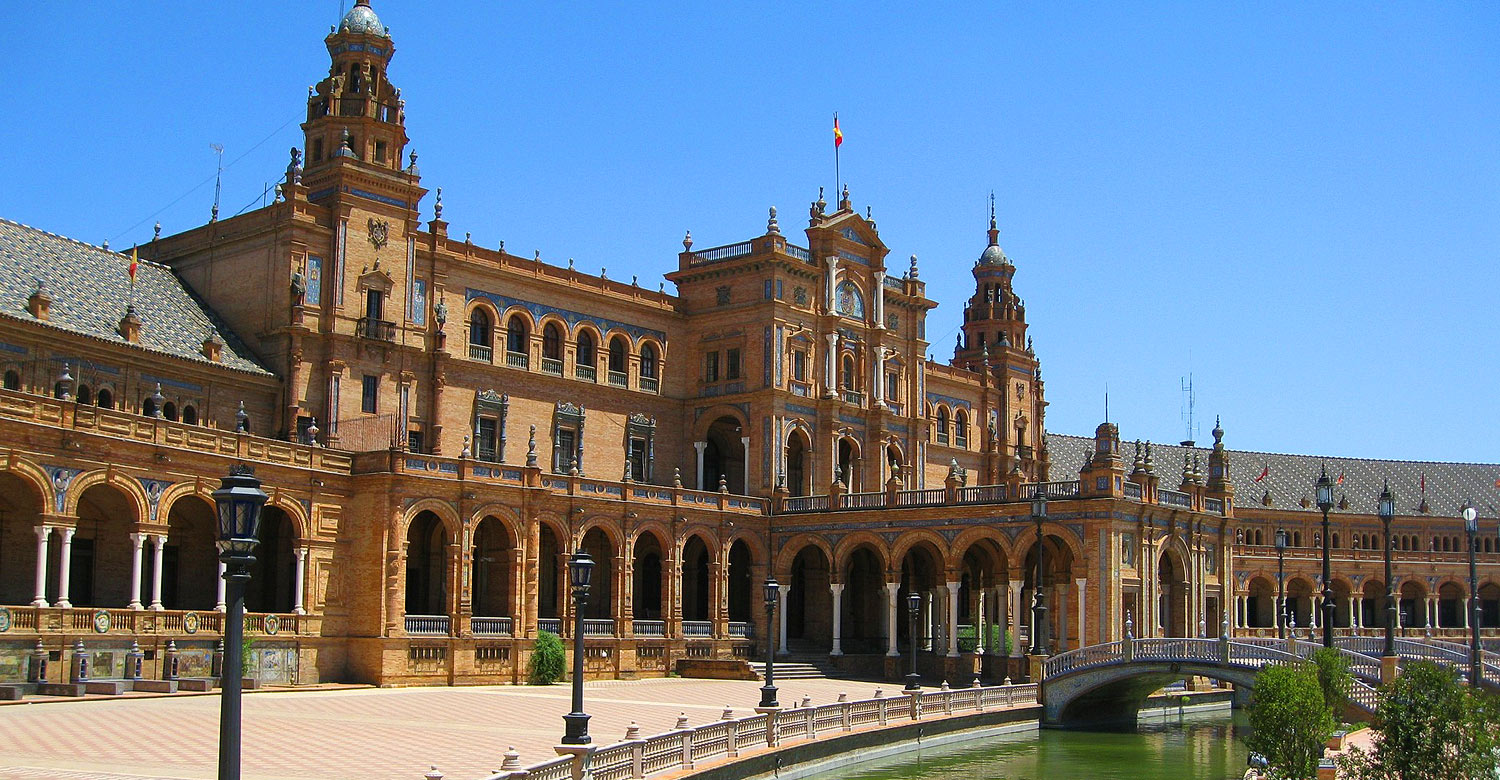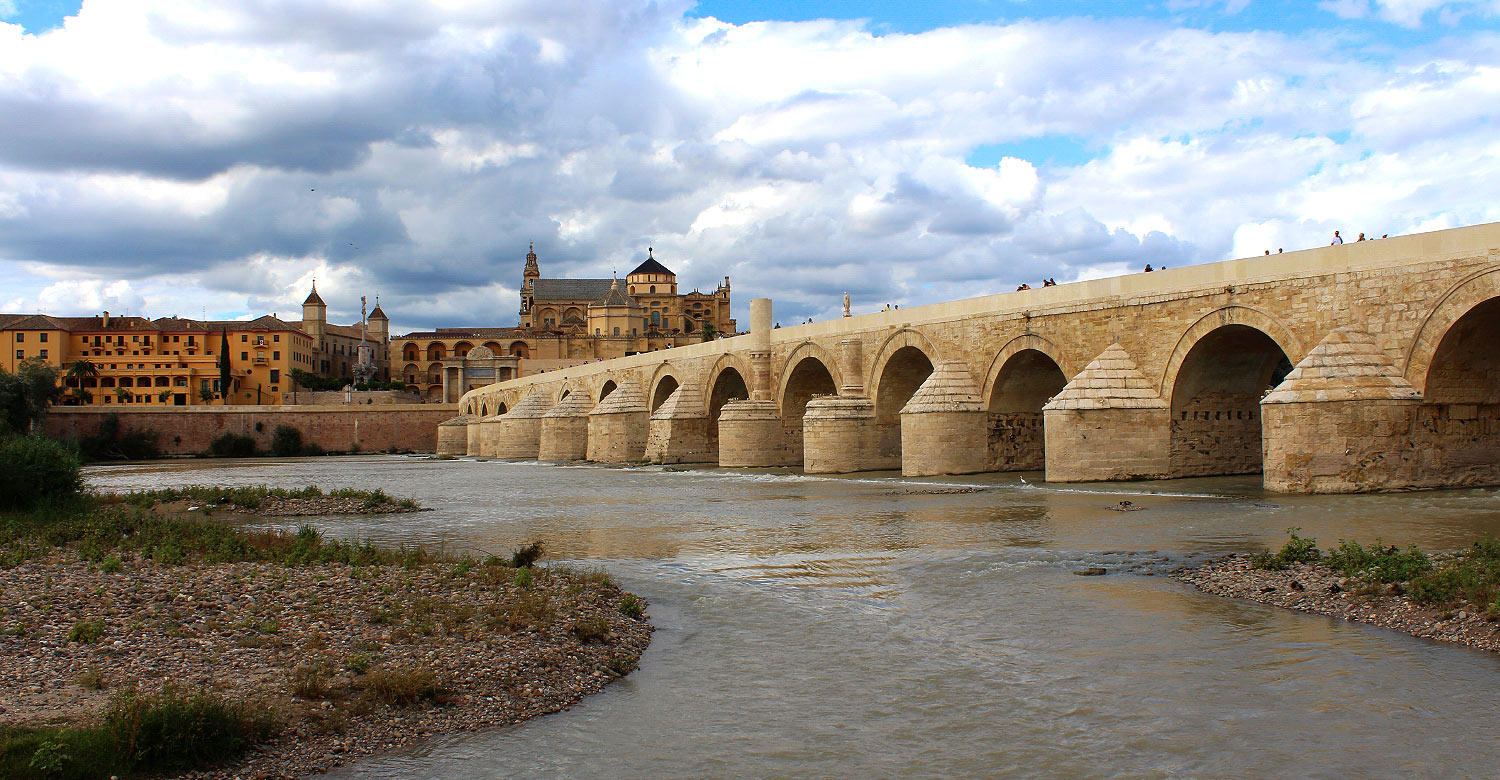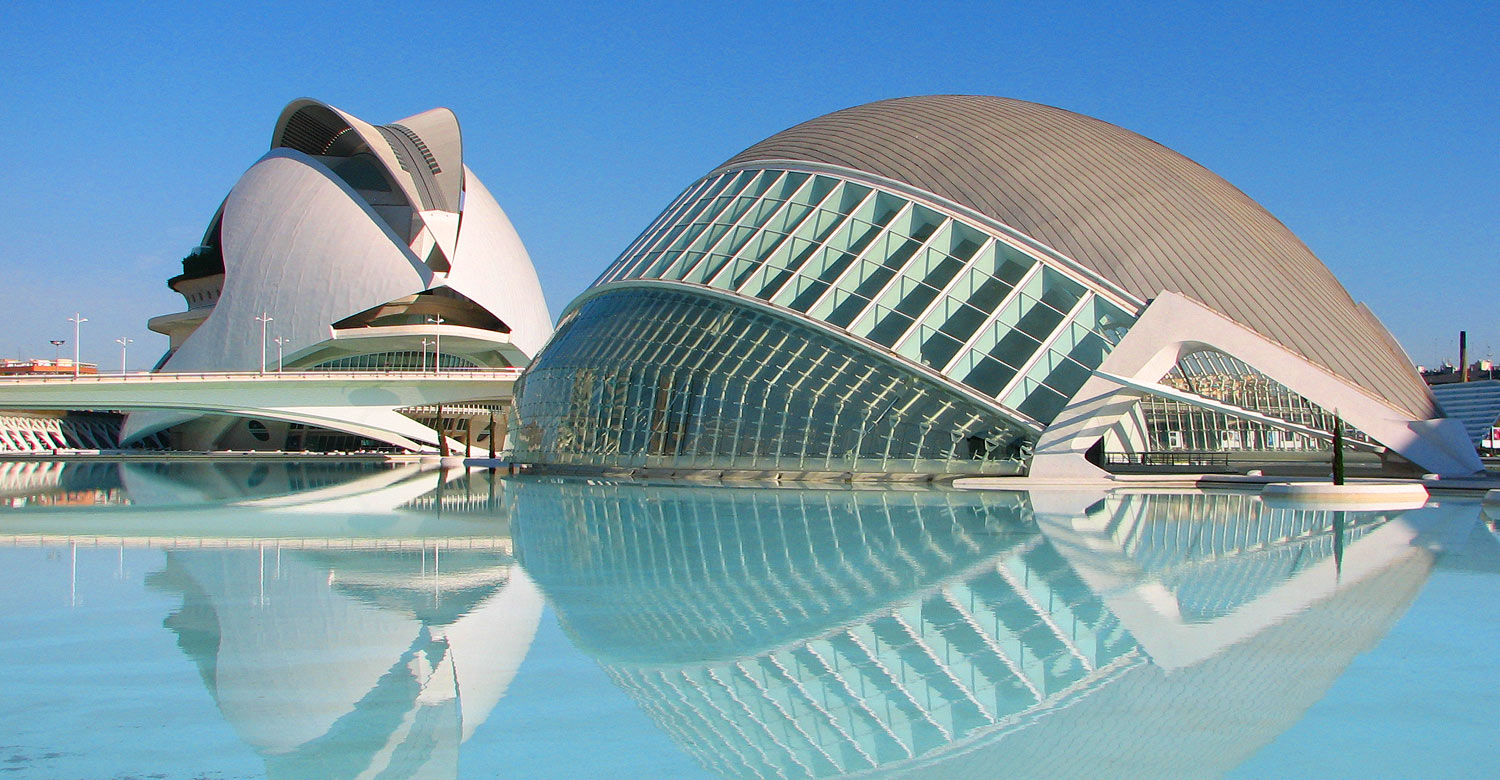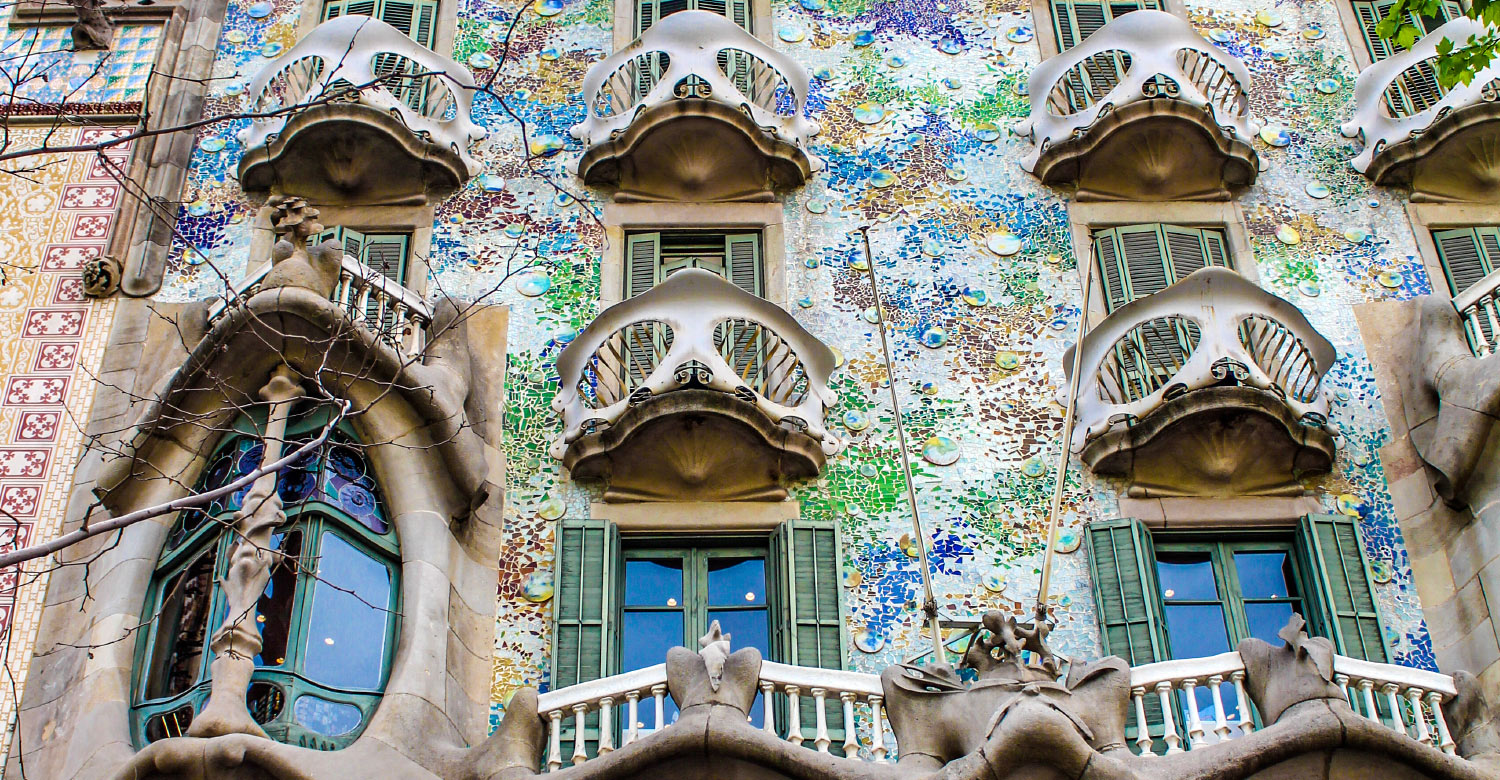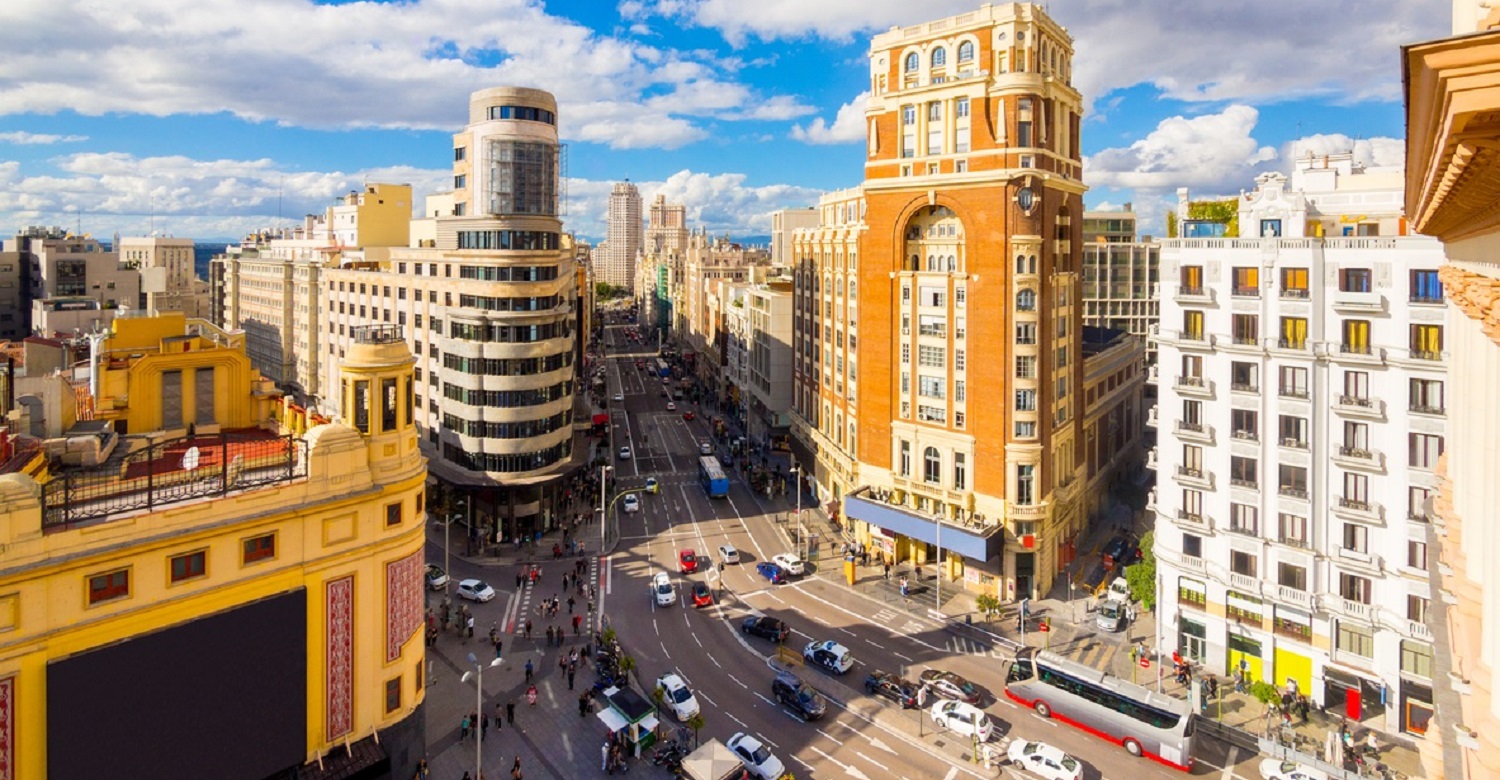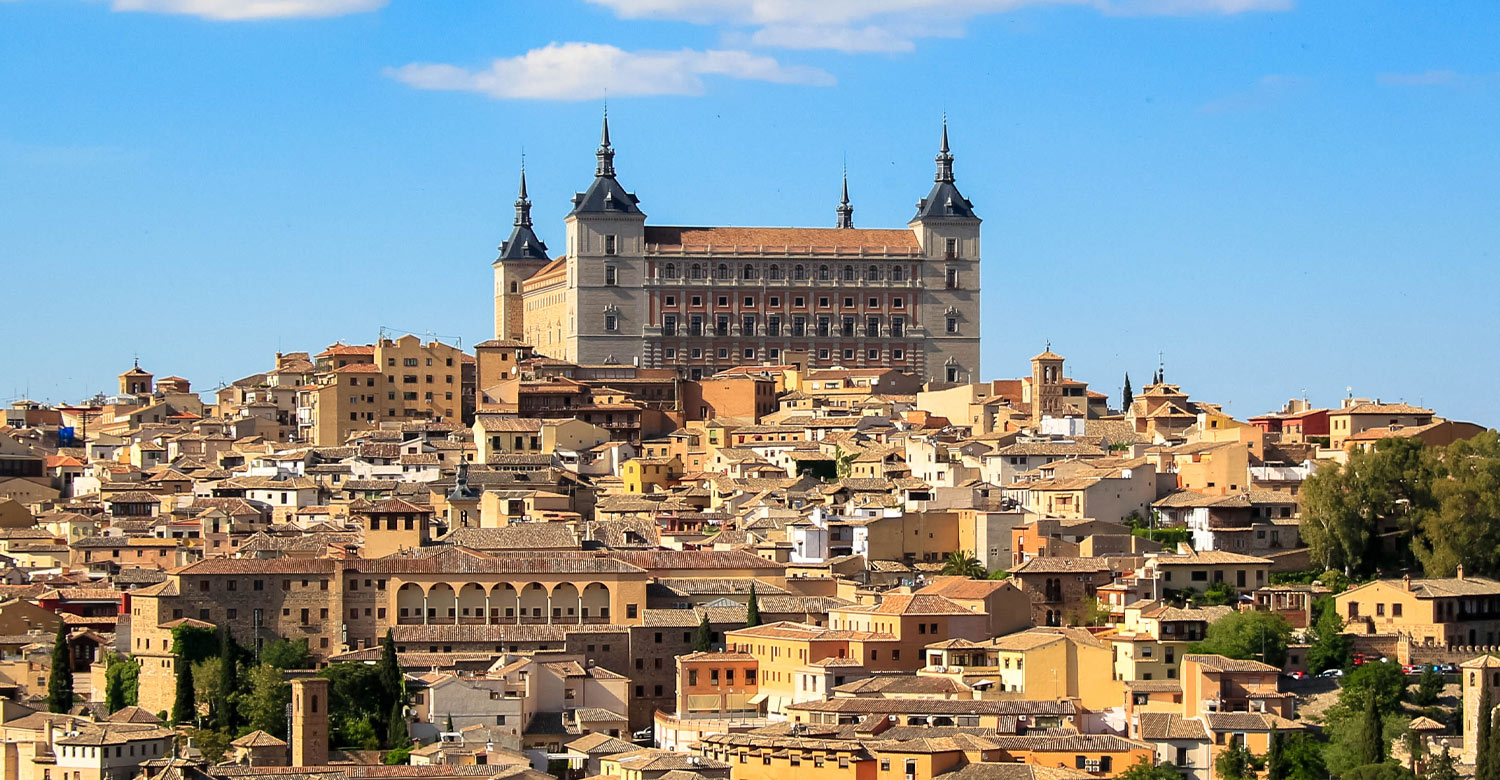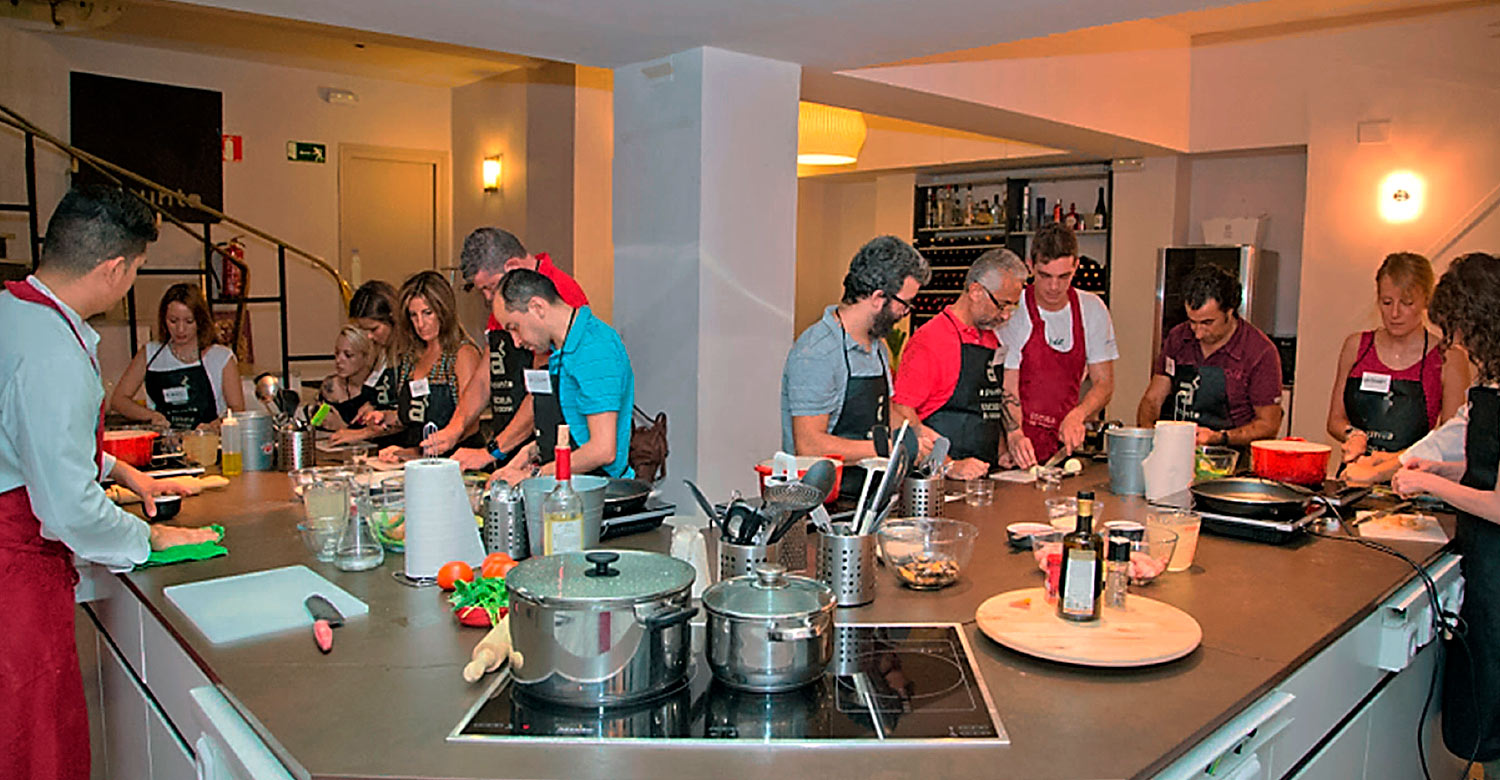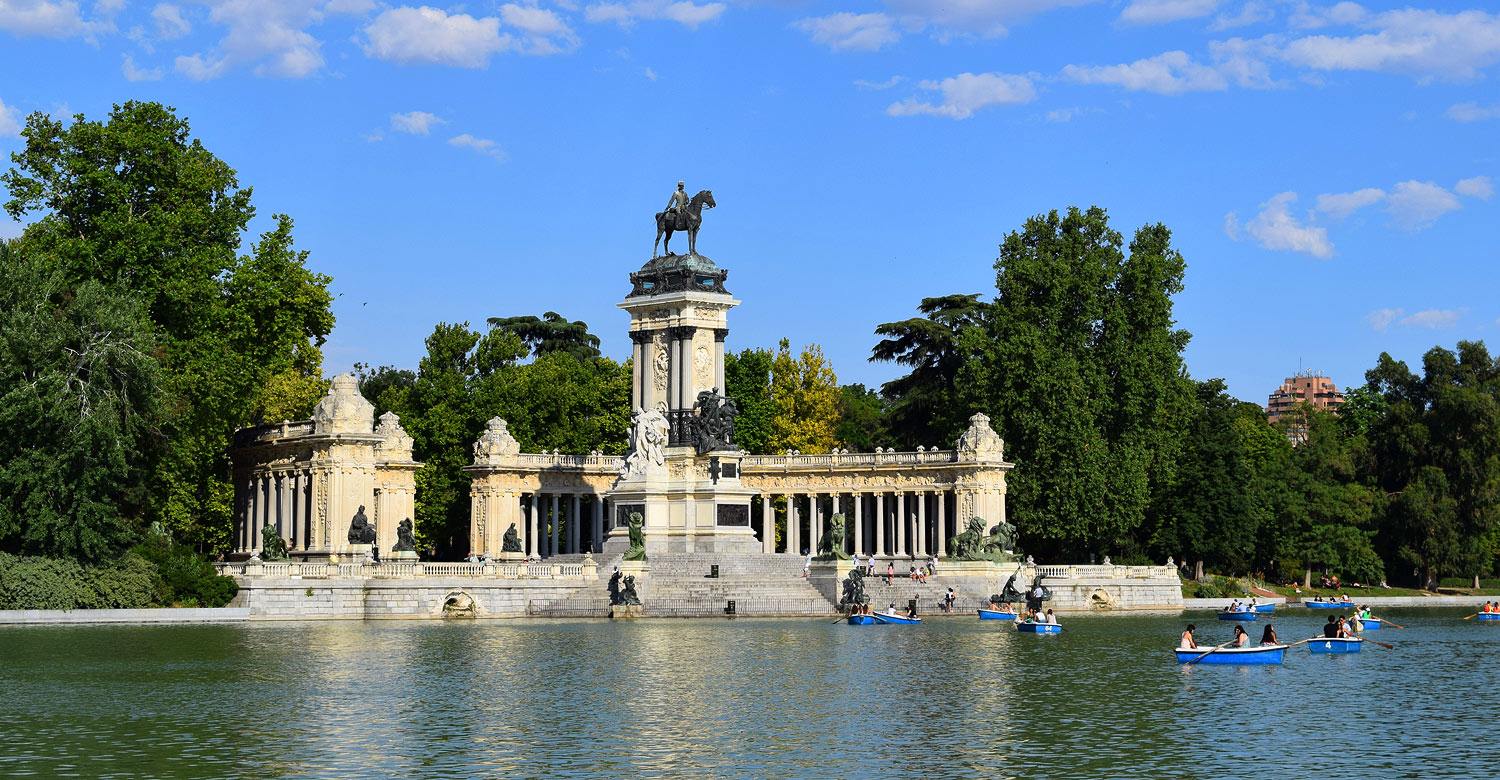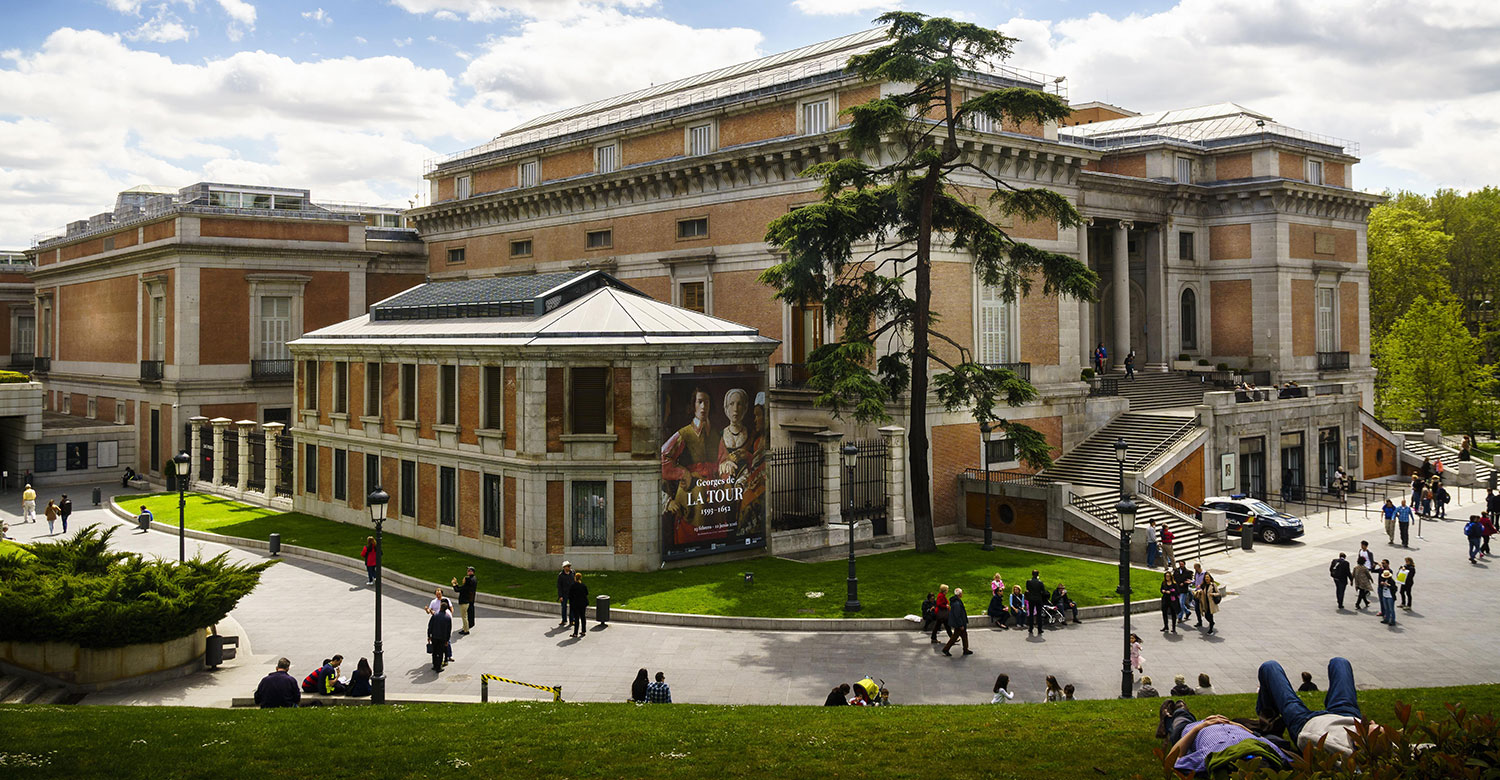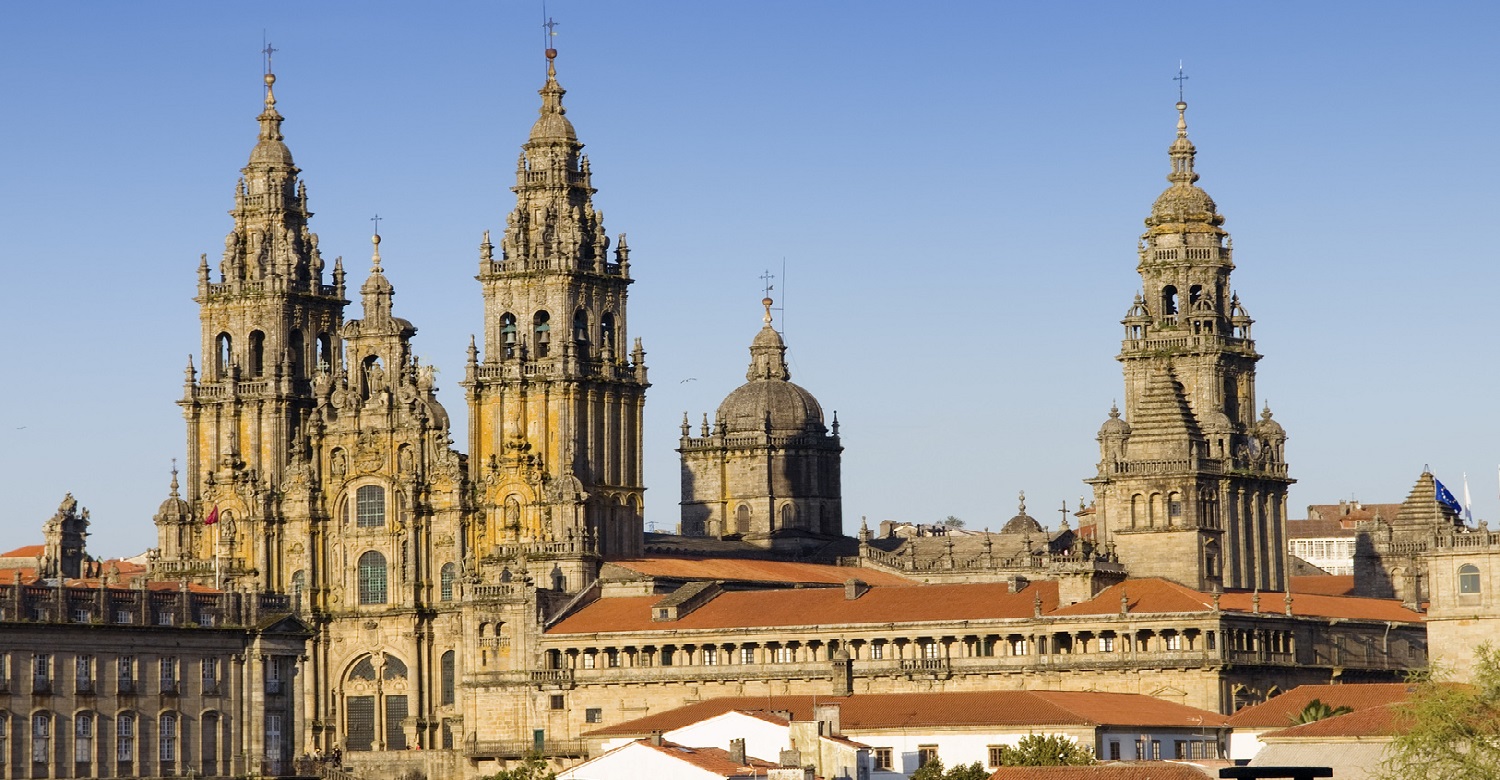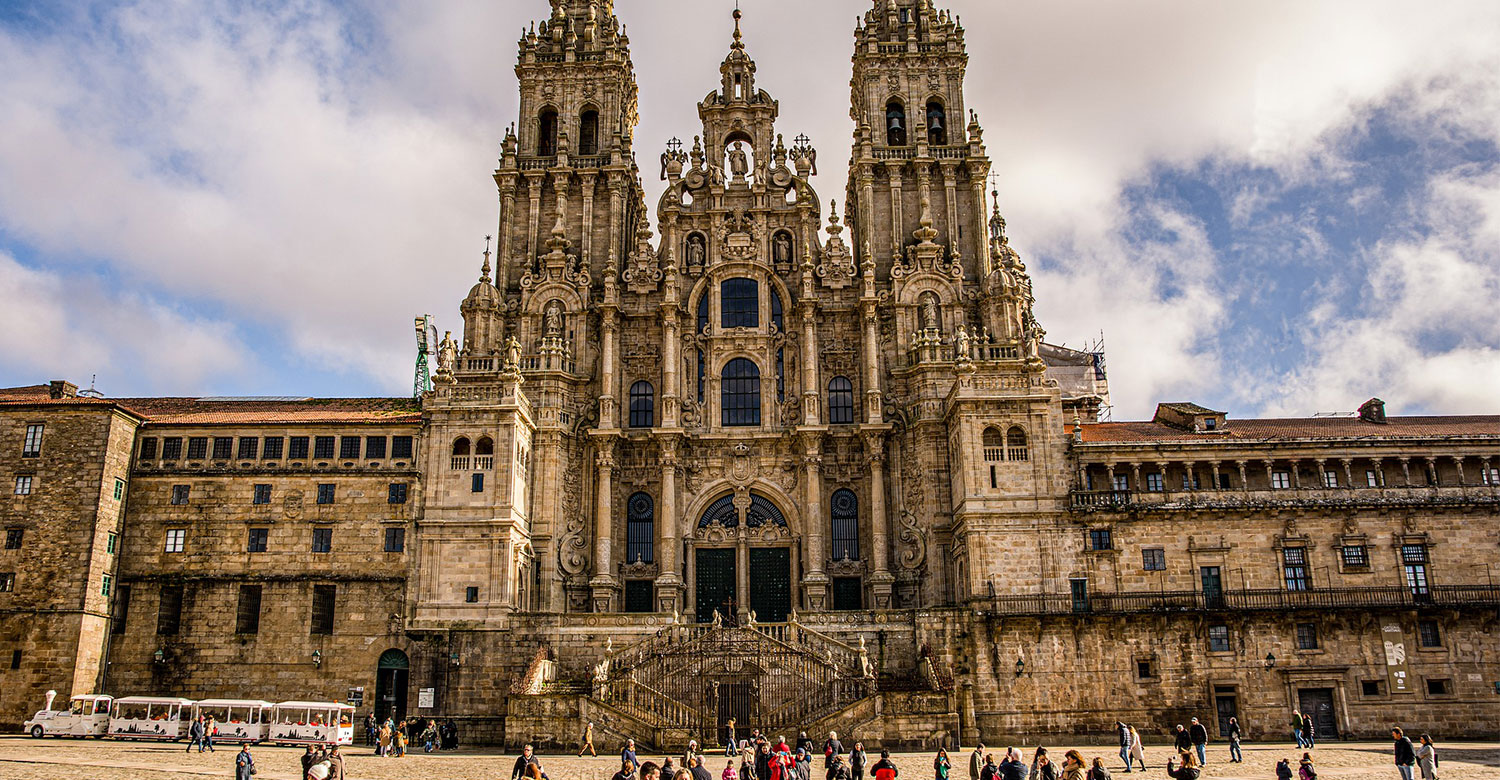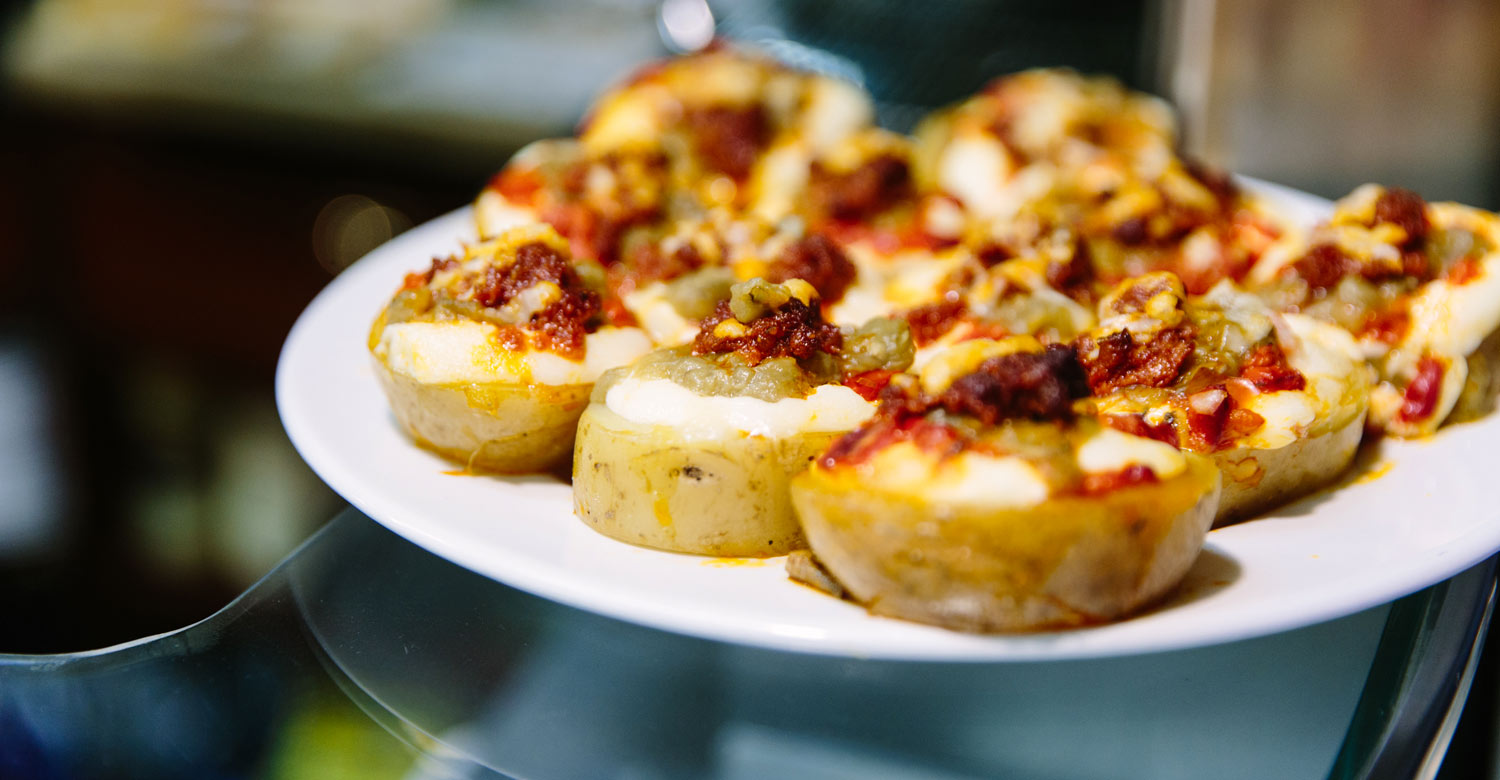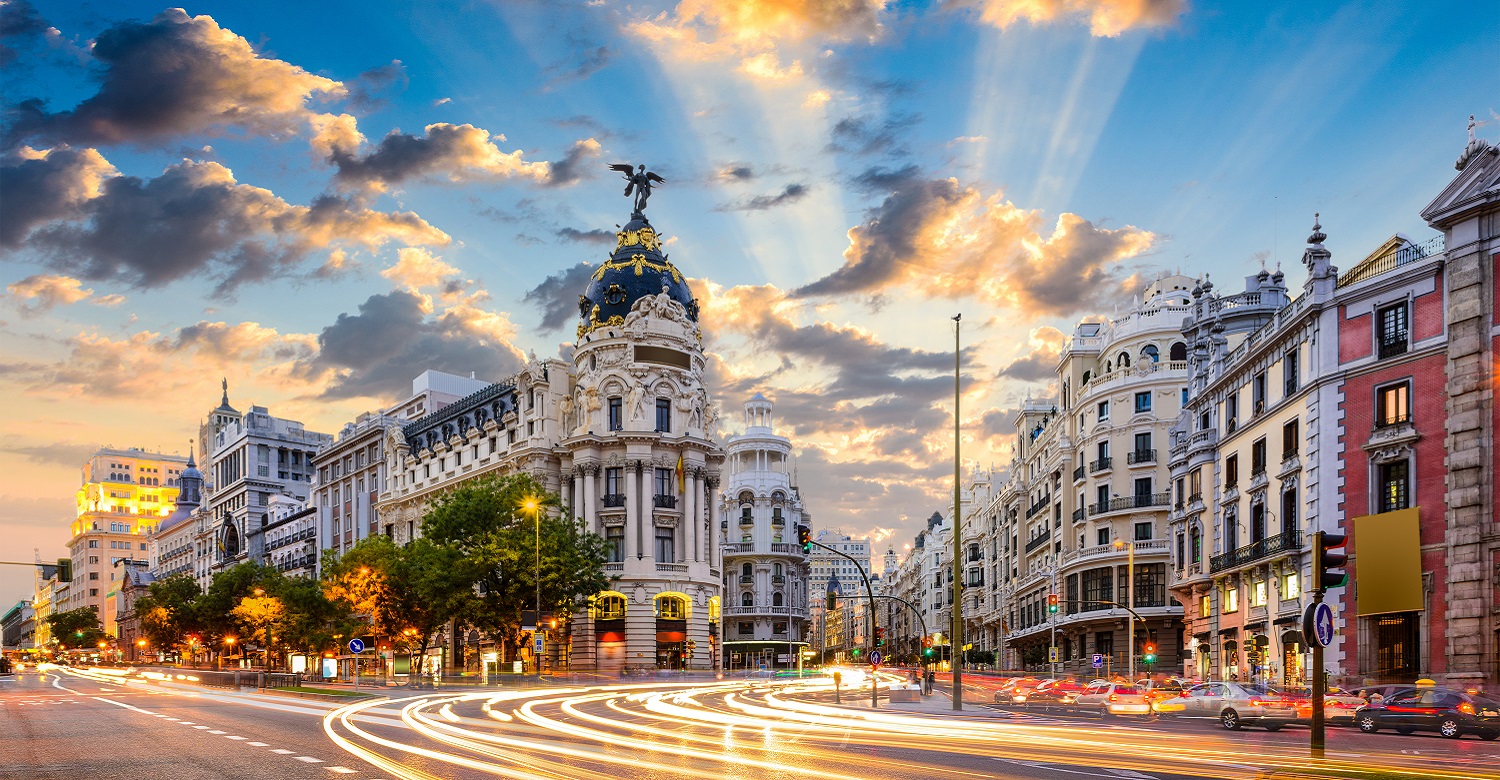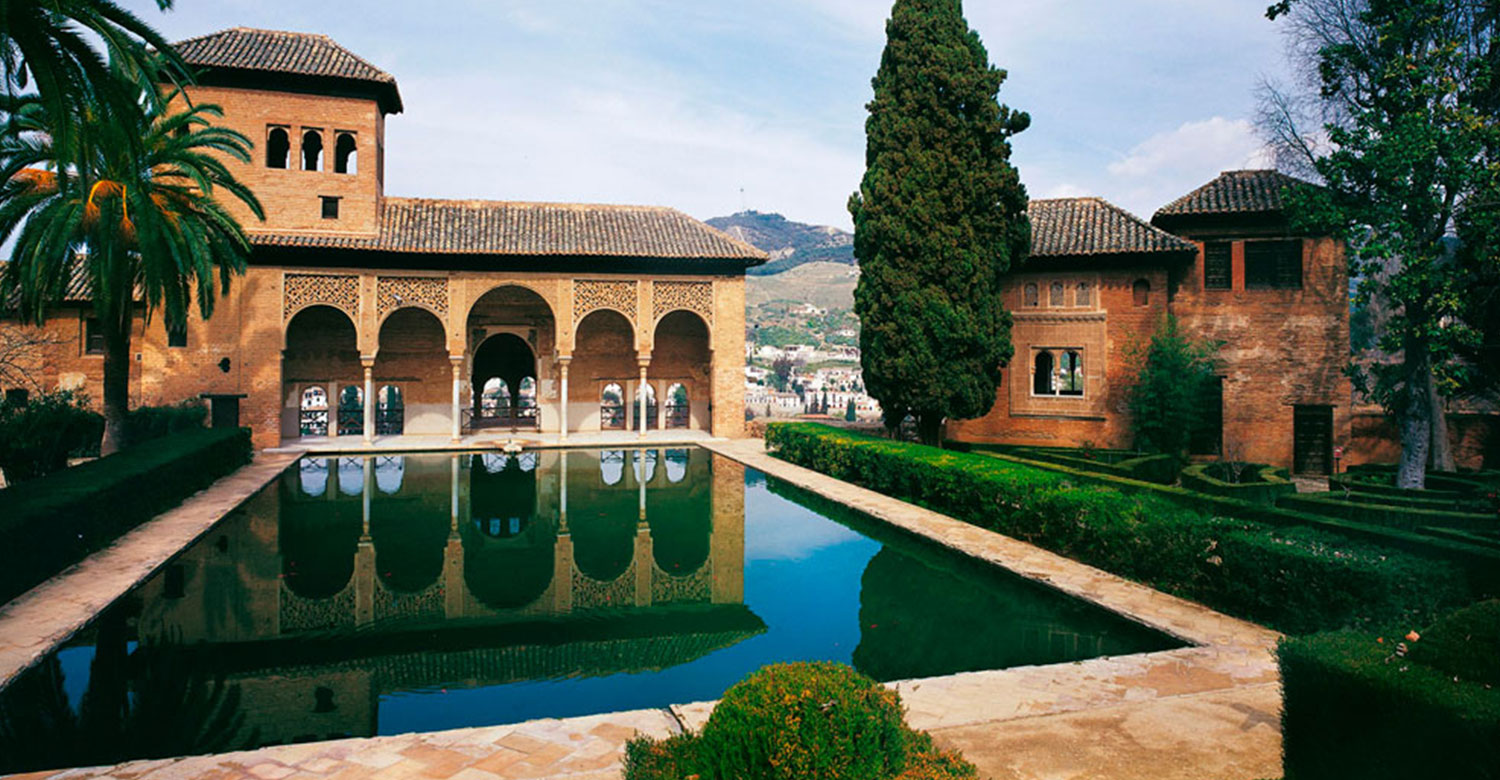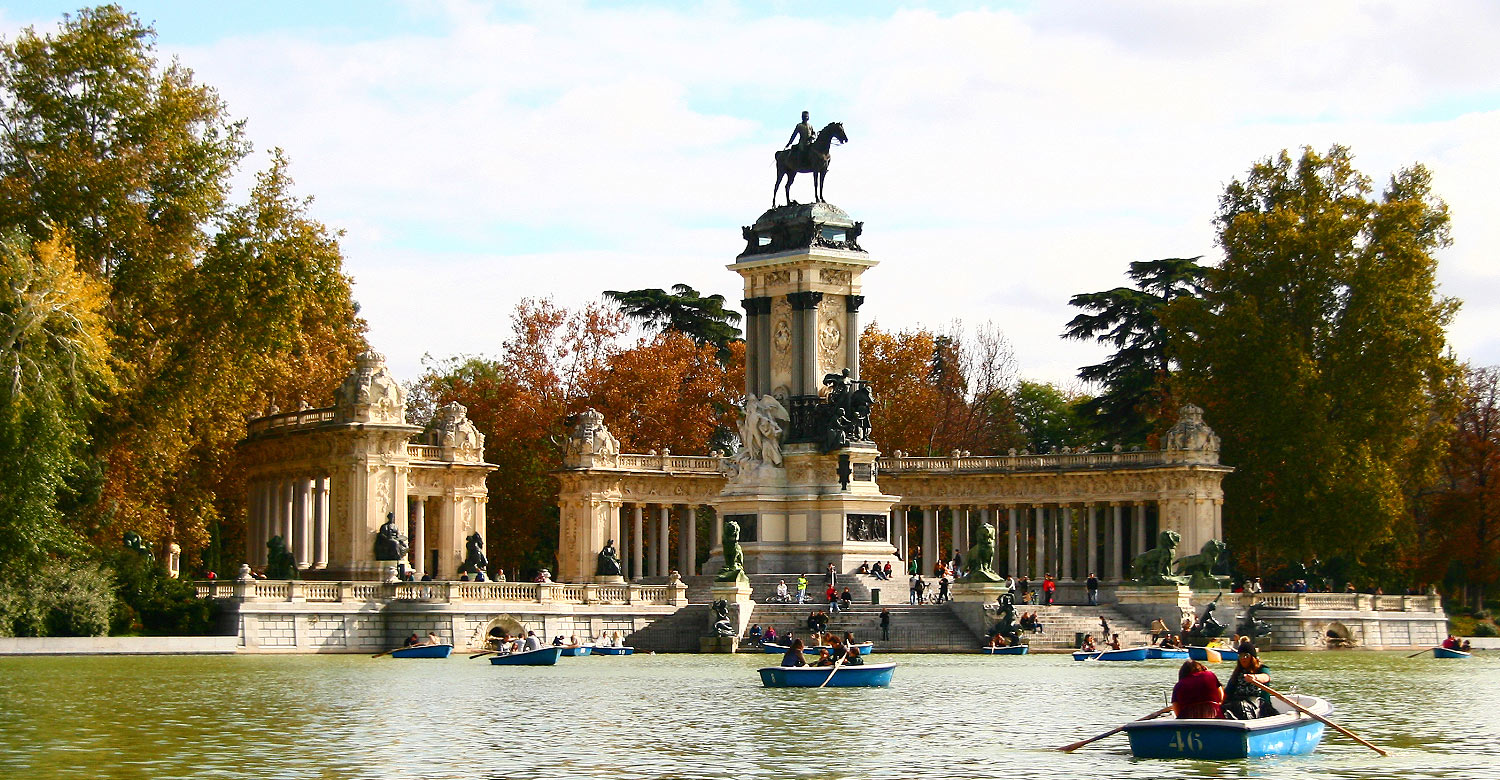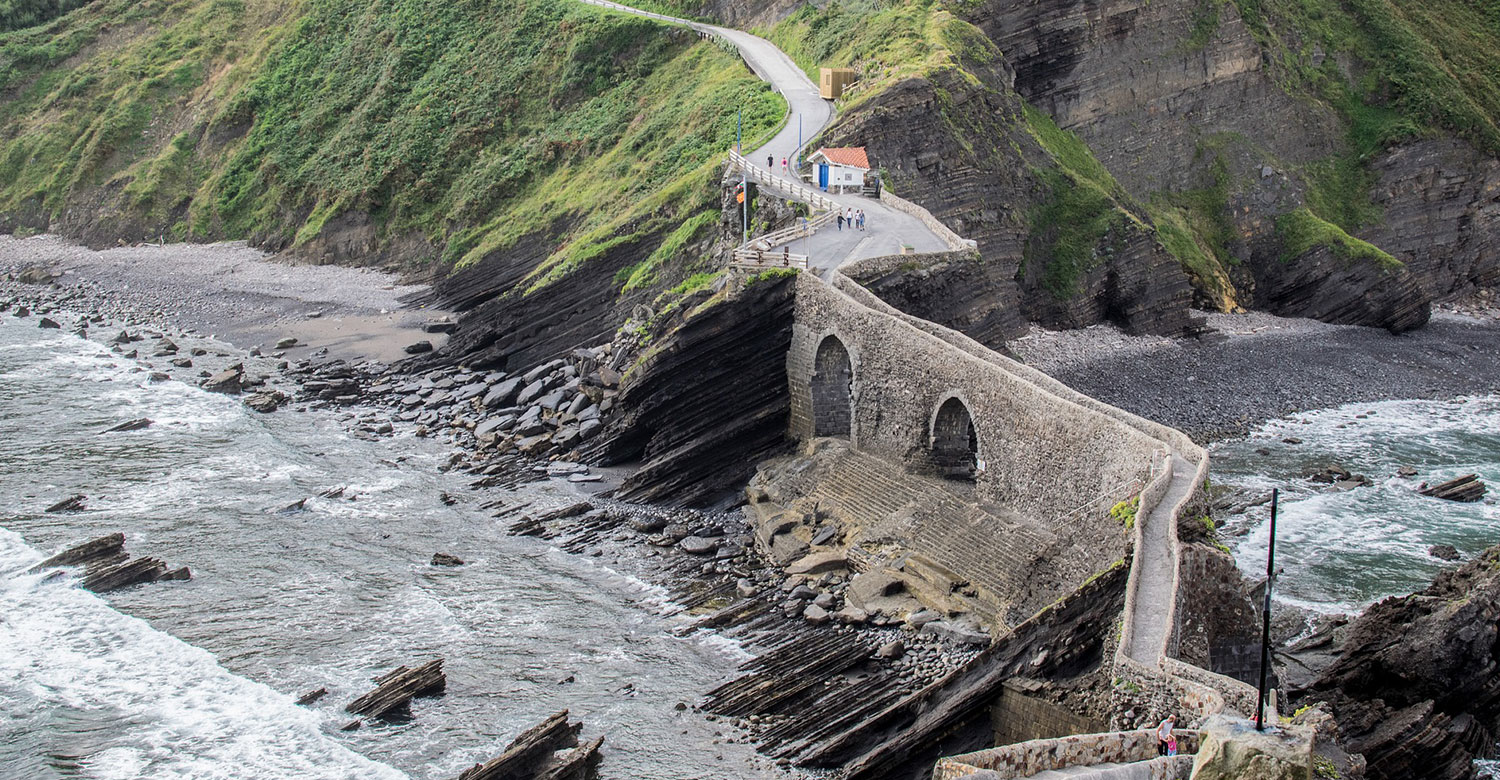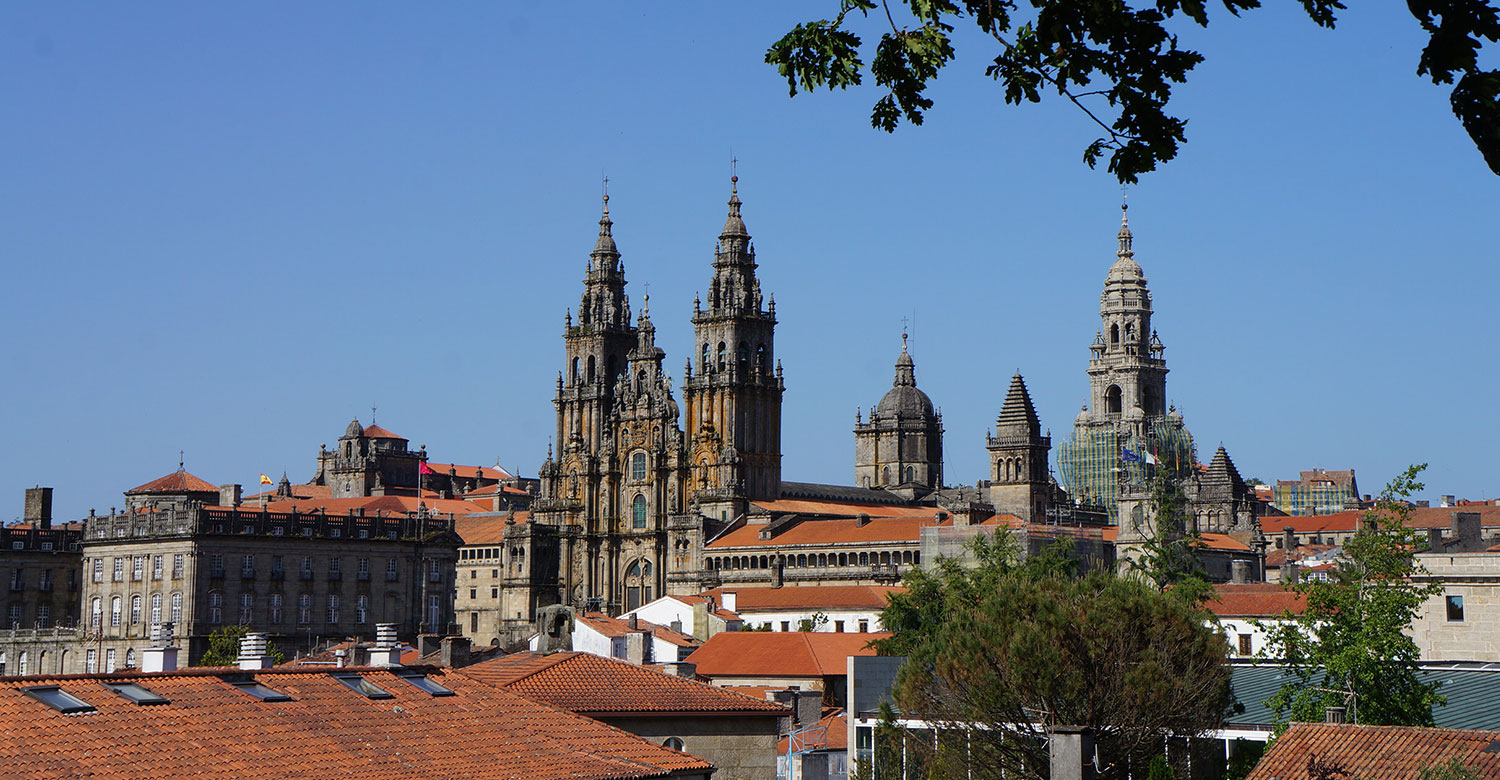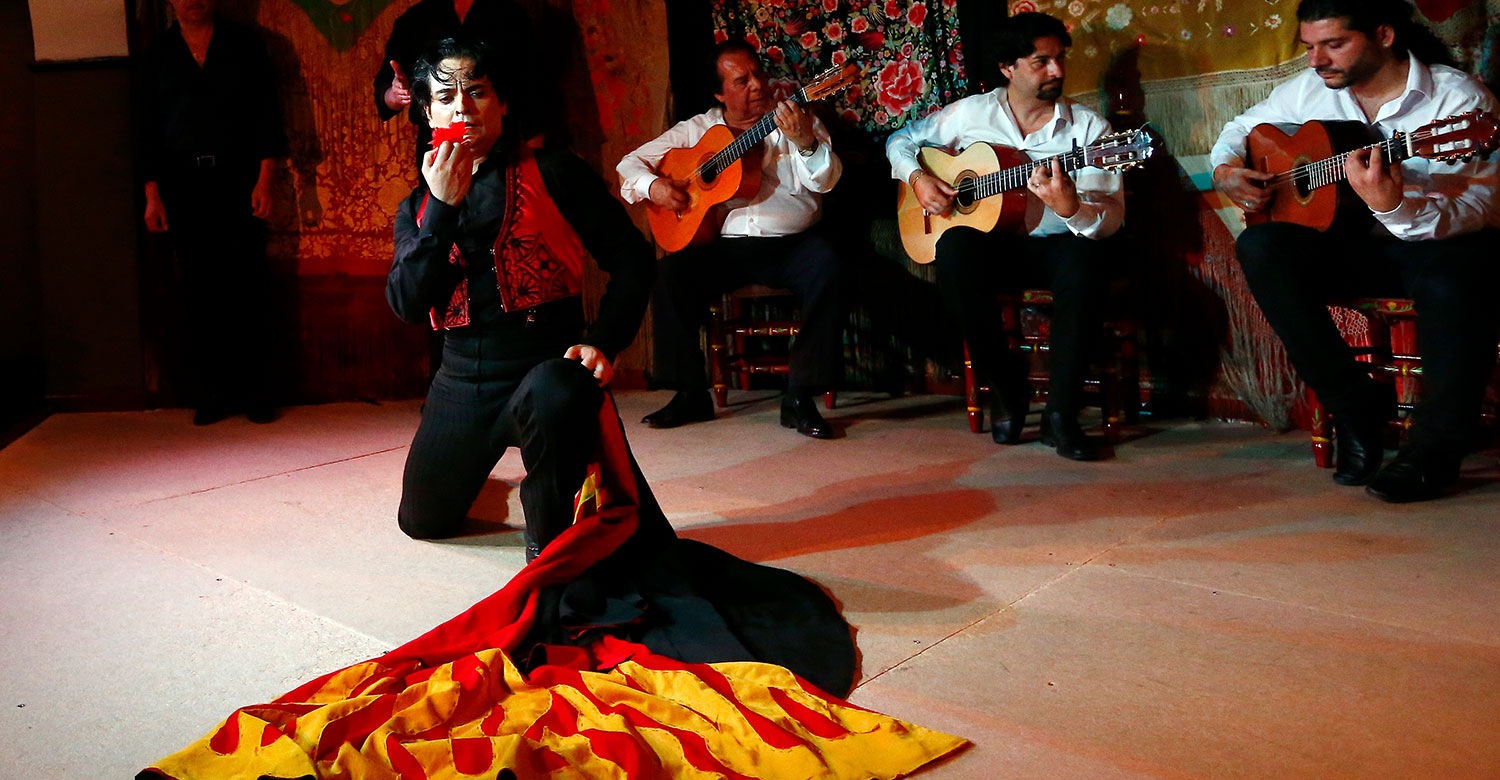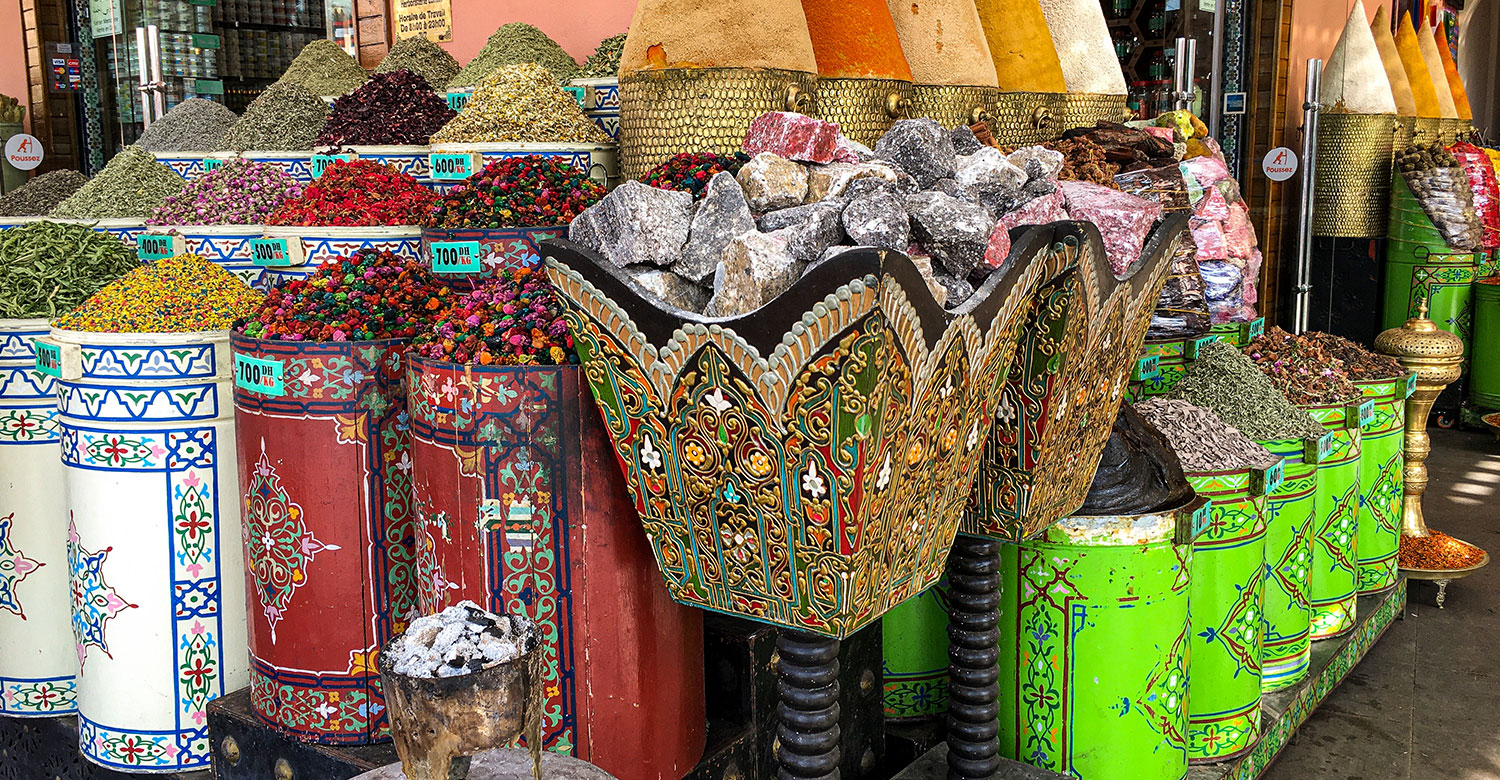A Look at Spanish Wine: Basic Facts About Vinos

Posted by on 01 Nov 2019 , in Europe
Spin sprung up on the fertile cheek of Earth, becoming home to more than 900,000 hectares of vineyards. Save for this blessed geography, its people have also developed methods to adapt to varied and extreme climate of some regions, turning Spain into the 3rd largest wine producer in the world, next to Italy and France.
If you’re planning to spend the holidays in Spain then you should know that crossing out food and wine tasting from your itinerary is a mortal sin. Wine aficionados from around the world are spellbound to vino right after their first bottle. Whether this is truth or a myth—it’s for you to find out.
Here are some helpful facts before you embark on a journey to experience the most celebrated wines of España.
Basic Wine Types
Spain produces different types of wines, such as structured reds that age well, refreshing whites, fortified sherries, and sparkling wines.
Spain’s diverse regions give birth to wines that differ in aroma and flavour. While these types are not far from typical drinks, such as red wine and Champagne, it is necessary to know their equivalent Spanish terms so when you go out for a drink, you’ll know exactly what to order.
- Tinto - red wine
- Rosado - rose wine and blush wine
- Blanco - white wine
- Espumosos - the general term for all sparkling wines
- Cava - a special sparkling wine, similar to Champagne
Sherry, also known as Jerez - a type of wine with higher alcohol and can age for decades
Classifying Spanish wines according to quality
Laws govern the production of Spanish wine, ensuring that only the finest varieties are exported worldwide.
Books have taught us how Spain became one of the largest empires in history. They are gravely determined to become the best—long before your ancestors were born, well up until now! This probably explains why they have such high standards when it comes to the quality of their wines.
Lower quality wines never leave the shore and are only sold in Spain. Only those who pass the criteria are exported worldwide and these labels must be ultimately the best of the best. Be sure to sample the finest Spanish wines:
- Denominación de Origen (DO) – wines that pass the standards of a region’s Consejos Reguladores
- Denominación de Origen Calificada – wines belonging to a qualified DoC label, which is determined by a national committee
- Vino de Pago – wines coming from a great wine estate, which is decided by governing bodies of the country
Classifying Spanish wines according to age
The secret behind the sweet, delicious aroma and flavours of vinos is how well they age in a bottle or barrel.
For some love philosophers, age is totally irrelevant unless, of course, you’re a bottle of wine. Age does matter and it’s true even with Spanish wines. Winemakers may age wine in either a bottle or barrel and time plays a very important role here. Some varieties are stored only for months while others need to stay there for several years to capture the intended taste.
Joven
Joven wines have undergone very little, if any, wood barrel aging and they tend to be fruitier, more acidic, and have crisper flavours. These are meant to be consumed very young like within the year of their release.
Barrica or Robel
These wines have been aged in oak barrels for a short period or just a few months. Expect a hint of toast or vanilla flavour when tasting a Barrica.
Crianza
Crianza wines have been kept in oak barrels for 6 months or longer. Purchase a bottle and if you’re patient enough, hold it for another 4 or 5 years to enjoy its more exquisite taste.
Reserva
Wines under this category are aged in the bottle and oak barrel for at least 3 years before release. Only high quality grapes are used for these wines and you can keep them for 10 years or longer.
Gran Reserva
Gran Reserva wines are the most expensive of all. They are aged for 5 years or longer before release and are made from carefully selected grapes. You can hold the bottles for 10 years, 30 years, 40 years or even longer! Talk about a precious heirloom!
Top Spanish Wine Regions
Visit Spain's most famous wine-producing regions to find out their own requirements when assessing grape varietals, quality, yields, and aging.
Meeting winemakers in famous wine regions is easily the best way to understand Spanish wines. Visit local wineries, old wine cellars, and vineyards to learn about the process of winemaking. Here are the regions you should explore:
Priorat
One of Spain’s DoC regions whose primary grape is Grenache is Priorat. Wines from this region age very well and are exported around the globe. Other red wine varietals from this region are Cabernet Sauvignon, Syrah, Cariñena, and Merlot.
Rioja
Another DoC region that produces premium wines is Rioja. Blanco, Rosado, and Tinto wines are produced from its vast vineyards.
Other wine producing regions
Other top Spanish wine producers come from Ribera del Duero, Toro, Cava, Jerez, Jumilla, Yecla, Bierzo, Rias Baixas, Rueda, and Valdeorras.
Now that you’ve gulped the first part of the journey, you’re now ready to set off to the heart of Spanish gastronomy. For more information about the exciting wine tours in Spain, enquire or call us at 1300 858 795. Our team of travel specialists is standing by to offer the best recommendations for an extraordinary vacation in Spain.
Some popular packages from Spain Holiday Packages and Travel Deals
Subscribe now for your chance to win
a $500 Travel Voucher
Be the first to hear about our new Holiday Packages
